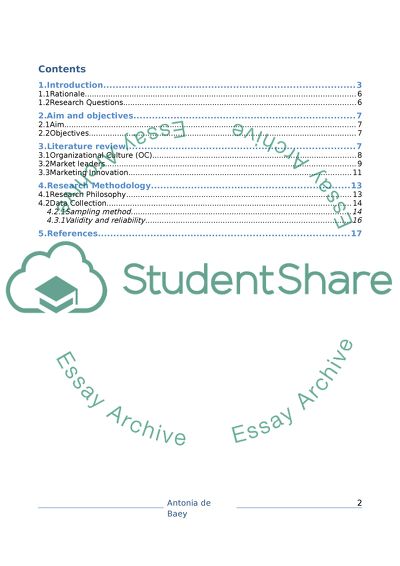Cite this document
(“Possible Impacts of Marketing Innovation on the Organizational Culture Dissertation”, n.d.)
Retrieved from https://studentshare.org/marketing/1425553-organizational-culture-of-a-market-leader-and-its
Retrieved from https://studentshare.org/marketing/1425553-organizational-culture-of-a-market-leader-and-its
(Possible Impacts of Marketing Innovation on the Organizational Culture Dissertation)
https://studentshare.org/marketing/1425553-organizational-culture-of-a-market-leader-and-its.
https://studentshare.org/marketing/1425553-organizational-culture-of-a-market-leader-and-its.
“Possible Impacts of Marketing Innovation on the Organizational Culture Dissertation”, n.d. https://studentshare.org/marketing/1425553-organizational-culture-of-a-market-leader-and-its.


